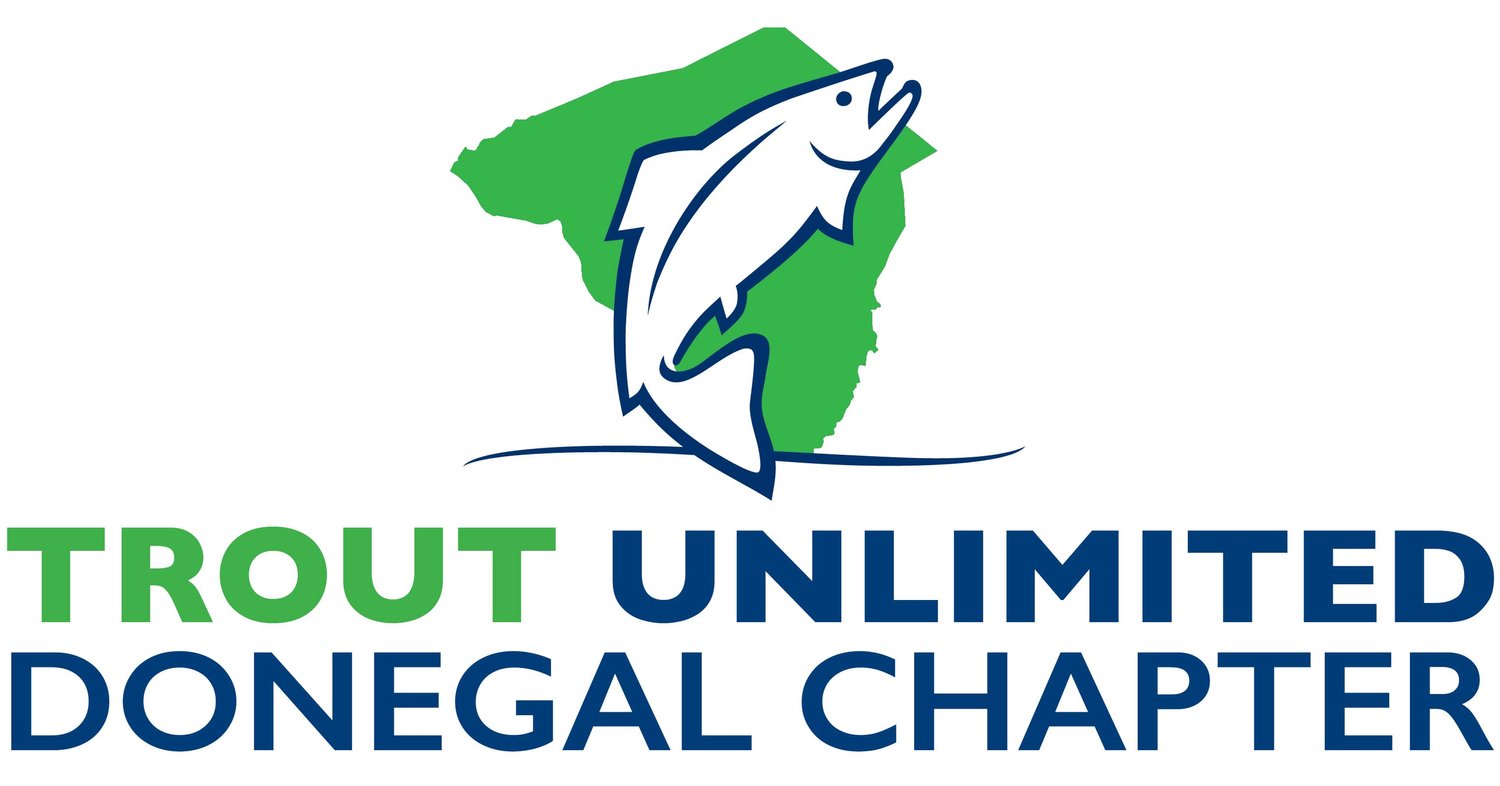Lancaster city schools expand outdoor learning, transform schoolyard habitats - including Donegal Trout Unlimited’s Trout In The Classroom Program
Source: Lancaster Online
ELIZABETH DEORNELLAS | Staff Writer
Lancaster city-based Donegal Trout Unlimited’s Trout in the Classroom program started in 2006 and has expanded into 20 schools across Lancaster County, including Wharton and Wheatland Middle in the School District of Lancaster.
Eight-year-old Benji Resch peered intently into a tank full of week-old trout, filling his science journal with detailed drawings of the attached yolk sacs keeping Thomas Wharton Elementary School’s resident fish alive.
Once the trout develop enough to absorb their yolk sac, it will become Resch’s job to check the tank each morning, monitor chemical levels in the water, and keep the fish properly fed.
“I’m kind of scientific,” Resch said, “and the job requires a lot of science and math and thinking outside the box.”
Wharton Elementary students raise trout in their classroom
Third-grade teacher, Kelsey Pfaff, explains how two classrooms are raising trout at Wharton Elementary School.
Two trout parr swim in a container of water.
From tanks of trout to community gardens, Lancaster city schools are expanding hands-on, outdoor learning in urban settings as science teachers across the state transition to a new curriculum that emphasizes environmental literacy.
A support network is emerging as local companies, nonprofits and schools work together to finance, implement, and maintain projects that seek to nurture native plants and attract wildlife to schoolyards.
“You can’t just have this Instagram moment where we put in this habitat and then leave,” said Elyse Jurgen, a former middle school teacher and founder of the Lancaster city-based gardening and design company Waxwing EcoWorks, which has partnered with the School District of Lancaster.
The district’s work to transform schoolyard habitats is providing lessons in how to effectively scale up outdoor education before it becomes mandatory when Pennsylvania's Science, Technology & Engineering, Environmental Literacy & Sustainability Standards go into full effect in the 2025-26 school year.
The environmental literacy and sustainability focus is a new addition to Pennsylvania science curriculum, and the STEELS standards also include requirements to take students outside and to create lessons that allow them to better understand their local watershed.
Schools that are already experimenting with outdoor learning have realized that one effective way to both implement the standards and improve their local environment is to use their schoolyard habitat as a resource and find partners to help them transform the space.
Article continued ——
Trout in the Classroom
Maintaining a garden is not a one-day activity, and neither is raising trout. Lancaster city-based Donegal Trout Unlimited’s Trout in the Classroom program started in 2006 and has expanded into 20 schools across Lancaster County, including Wharton and Wheatland Middle in the School District of Lancaster.
Retired middle school principal Mike Burcin is now the program’s coordinator, and he said its strength is the ability to expose students to hands-on experiences from the moment the trout eggs arrive in January to their spring release in April or May.
“A one-time, big splash experience is not going to make an impact for students,” Burcin said. “They need recurring experiences.”
Jonathan VanWyngarden started at Wharton Elementary this fall after teaching in Reading for eight years, and he said his students’ love for the program motivated him to bring it to his new district.
“The first thing they do every day when they come in through the doors is walk up to the aquarium and check on the fish and see how they’re doing,” VanWyngarden said.
VanWyngarden is partnering with third-grade teacher Kelsey Pfaff. Both teachers have fish tanks installed in their classrooms, and trout eggs arrived the third week of January.
Resch and Sahid Taveras, 8, have been designated Pfaff’s “trout specialists” - they check the water temperature each morning and help feed the fish.
Taveras said he enjoys the writing aspects of the science lessons, as he’s learned to record observations. Resch said he likes that managing chemical levels in a fish tank requires him to be precise.
VanWyngarden said participating in Trout in the Classroom gives him the opportunity to teach about big picture issues like watershed management.
“For kids in the city to be able to experience something natural firsthand is so valuable,” VanWyngarden said.
Eric Fisher, whose nine-year-old son Nolen is in Pfaff’s class, said that the daily trout update is the first thing Nolen talks about each day when he returns from school and that learning about water chemistry and a trout’s life cycle has fed his love for science.
“This is certainly sparking that fire in a really significant way,” Fisher said. “I don’t imagine he will ever forget the trout with third grade.”
Burcin said testing students on new standards can feel like jumping through hoops, but he added that the new science standards connect environmental studies and disciplines like engineering in ways that should immerse students in scientific experiments.
When school staff engage with projects like maintaining a garden or nurturing fish through their lifecycle, students see sustainability as an active process and not just a buzzword, Burcin said.
“They aren’t just talking about how important this is,” Burcin said. “They see adults investing in it.”
Source: Lancaster Online




